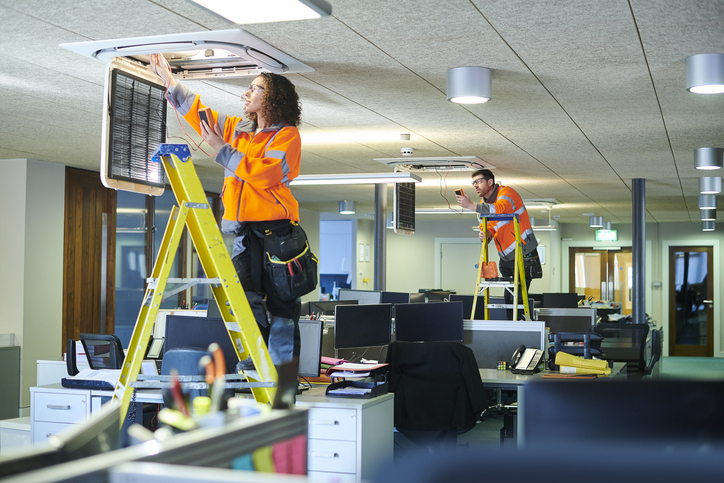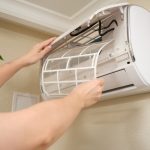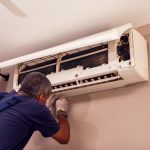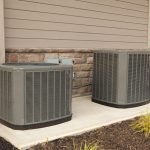
Common Spring Allergens and Your HVAC’s Role in Combating Them
Spring in Arizona brings wildflowers, bursting cacti, sunshine, warm temperatures, hikers, campers, and a myriad of allergens! Frequent breezes allow respiratory irritants to travel easily. Many residents and visitors react to ragweed, soy plants, tumbleweed, ryegrass, mesquite trees, bermudagrass, mulberry bushes, olive trees, and juniper. Allergy sufferers find themselves, sneezing, congested, fatigued, and boasting watery eyes, rashes, headaches, hives, and an itchy nose and throat. Your HVAC system is pivotal in reducing allergens and ensuring a healthy indoor environment.
How Can My HVAC System Help With Allergies?
Your HVAC equipment helps clean your air and fight allergies. With the right additions and regular maintenance, it can reduce your allergy symptoms. To reduce allergic reactions in your home:
- Choose an Efficient Air Filter: HVAC units come with a basic filter. Consider upgrading to a filter with a tighter weave or a HEPA filter that can reduce airborne particles. Replace this filter every 1 to 3 months (see manufacturer’s recommendation) or when you notice clogging.
- Undertake Annual Maintenance: For optimal performance of your HVAC unit and clean indoor air, ensure your electrical components, ductwork, drain lines, connectors, filters, coils, fans, blowers, safety controls, thermostat, etc. are annually or biannually checked. Use the services of a professional.
- Install a UV germicidal light: Some ultraviolet wavelengths kill germs, making a UV germicidal light a great addition to your HVAC unit. This light renders airborne viruses, bacteria, microorganisms, and mold spores unable to replicate, reducing the spread of allergens through your home.
- Add a whole-house humidifier: Low humidity reduces airborne water droplets that help spread allergens and germs. Too dry indoor air causes cracked skin and chapped lips, while dry nasal passages are susceptible to illness/allergy. A whole-house humidifier that works in concert with your HVAC system ensures optimal humidity every season.
- Keep your HVAC fan circulating: To ensure your indoor air is filtered and your allergic reactions are reduced, keep your HVAC fan continuously circulating. This provides more opportunity for your filter to scrub the air.
Other Tips for Reducing Allergic Reactions
- Keep windows and doors closed.
- Seal holes/gaps around doors, windows, plumbing, and electrical outlets with caulk, weather stripping, or spray foam.
- Dust your vents once or twice a year with a microfiber cloth.
- Have a duct cleaning service remove mold, mildew, pollen, pet dander, dust, fur, etc. from your ducts yearly.
- Vacuum weekly to control dust, pollen, and pet dander.
- Wash bedding and clothing regularly.
- Use over-the-counter antihistamines, corticosteroids, eyedrops, and/or decongestants.
- Try honey, probiotics, and vitamin C.
- Consider allergy shots and prescription medicine.
If you’re an Arizona resident who suffers from spring allergies, know that your HVAC unit is critical in reducing allergens and ensuring a healthy indoor environment. Invest in a good HVAC system, then keep it in good condition. Your nose and lungs will thank you!
Want a robust HVAC system that helps reduce allergic reactions? Need service and/or repair for your HVAC unit? Call McMillin Air. Our qualified technicians can handle all your HVAC service and repair needs.








0 comments